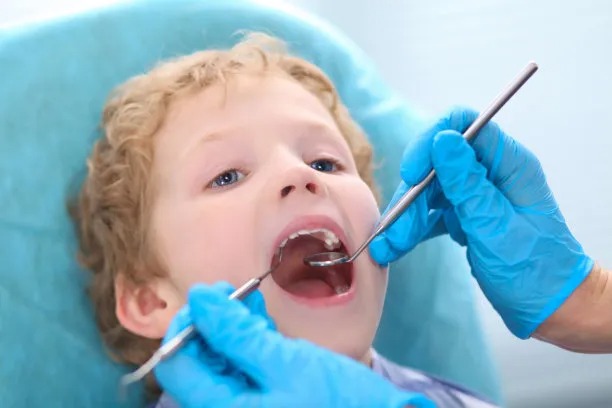The Essential Guide to Understanding the Process and Care Involved in Extracting a Tooth for Better Oral Health
Summary: Extracting a tooth is a common dental procedure that can be crucial for better oral health. This essential guide outlines the entire process of tooth extraction, emphasizing the importance of understanding the reasons for extraction, pre-operative preparations, the extraction procedure itself, and post-operative care. Each aspect plays a vital role in ensuring a smooth experience and optimal recovery. By being informed about these elements, patients can approach the situation with confidence and clarity, leading to improved dental health outcomes.
1. Understanding Reasons for Tooth Extraction

Tooth extraction is often necessary for a variety of dental issues. The most common reasons include severe tooth decay, periodontal disease, or overcrowding in the mouth. When decay extends deep into the tooth, it may not be possible to restore its structure, necessitating extraction to prevent further complications.
Another important reason for extraction is the presence of impacted wisdom teeth. These teeth, usually the last to erupt, can sometimes become trapped beneath the gums, leading to pain, swelling, and even infection. In such cases, dentists might recommend extraction to alleviate potential issues.
Finally, overcrowding can lead to misalignment of teeth, which affects not only aesthetics but also general oral health. To create space for proper alignment, dentists may extract one or more teeth as part of orthodontic treatment, making the extraction process a crucial step in achieving better oral health.
2. Pre-Operative Preparations for Tooth Extraction
Before any tooth extraction, a thorough dental examination is performed, usually accompanied by X-rays. These diagnostic tools allow the dentist to assess the condition of the tooth and the surrounding structures, enabling an informed decision on the extraction approach.
Patients should also provide a detailed medical history, including any medications they are taking or underlying health conditions. This information is vital for the dentist to determine the safest anesthesia option and to manage any potential complications during the procedure.
Additionally, patients may be advised on specific pre-operative care, such as fasting before the procedure or taking prescribed medications. Proper preparation can significantly enhance the patient’s comfort and safety during the extraction.
3. The Tooth Extraction Procedure Explained
The tooth extraction procedure typically begins with anesthesia, ensuring the patient does not experience pain during the process. Dentists may use local anesthesia to numb the area, or sedation options may be provided for patients with dental anxiety.
Once the area is numb, the dentist carefully loosens the tooth using specialized instruments. If the tooth is impacted, more complex surgical techniques may be required, such as making incisions in the gums to remove the tooth in pieces.
After the tooth has been successfully removed, the dentist will clean the extraction site and may place gauze to control bleeding. In some cases, stitches may be necessary to facilitate healing. Patients receive explicit instructions on care to ensure a smooth recovery process.
4. Post-Operative Care for Optimal Recovery
Post-operative care is essential for promoting healing after a tooth extraction. Patients are advised to bite down on gauze pads for several hours to manage bleeding and must avoid strenuous activities for a few days to prevent complications.
It is also crucial to follow dietary guidelines, such as consuming soft foods and avoiding hot beverages immediately after the procedure. Keeping the extraction site clean and avoiding touching it with fingers or utensils helps to prevent infection.
Additionally, patients should watch for any signs of complications, such as excessive bleeding, severe pain, or swelling. Regular follow-ups with the dentist ensure the healing process is progressing well and allow for any concerns to be addressed promptly.
Summary:
The process of tooth extraction is integral to maintaining oral health, from understanding the reasons behind the procedure to ensuring effective post-operative care. By being prepared and informed, patients can navigate this dental necessity with greater ease and significantly reduce risks associated with tooth extraction.
This article is compiled by Vickong Dental and the content is for reference only.



